The town of KwaNojoli (previously known as Somerset East) sits at the foot of the Boschberg Mountain.
The Giraffe Conundrum
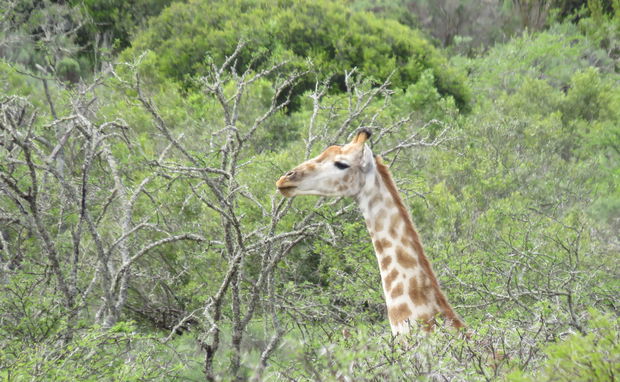
The giraffe is not native to the Karoo. It occurs in many places in Africa, and is an iconic wildlife specie, so something that tourists would really like to see.
The problem with giraffe in the Karoo is that the landscape does not really suit their browsing habits. Giraffe are native to savannahs and woodlands, where they enjoy feeding on acacia trees. In the Karoo, however, the vegetation is quite different. The landscape is dominated by shrubs and low-growing trees. Many of these trees are slow-growing and never reach a height that prevents giraffe from browsing on the tender new shoots right at the top. This can be devastating for the trees and, in many cases, leads to their death.
Many of the game farms in the surrounding area of KwaNojoli (Somerset East) have introduced giraffe onto their properties, and the result has been a noticeable change in the landscape.
Giraffe are particularly fond of cabbage trees, and we’ve noticed that these are becoming increasingly scarce. Where they were once abundant—so much so that early settlers would rest in their shade while preachers delivered sermons—you now find only small specimens on the flats where giraffe roam.
So, what can be done? The three national parks that surround us do not have giraffe. Perhaps local game farmers should look at those examples and try to understand why that decision was made. We must remember, of course, that we are not experts in wildlife management or habitat ecology—merely observers commenting on what we see on the ground.
Further Reading
We're getting to the nitty gritty. You've already decided that South Africa is a must visit, now you need to find out more.
Wouldn't you love to wake up to this view? Somewhere between Somerset East (now KwaNojoli) and Pearston in the Eastern Cape Karoo, South Africa.
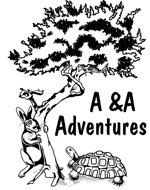
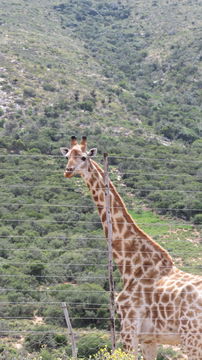
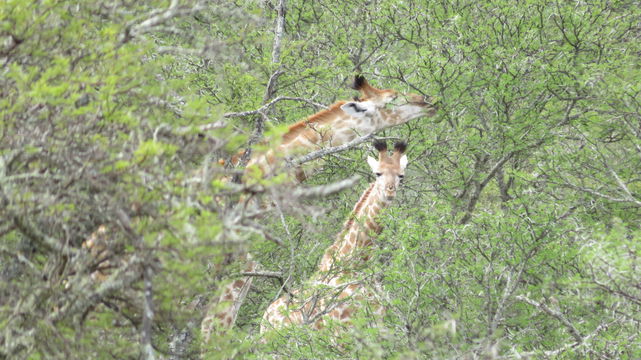
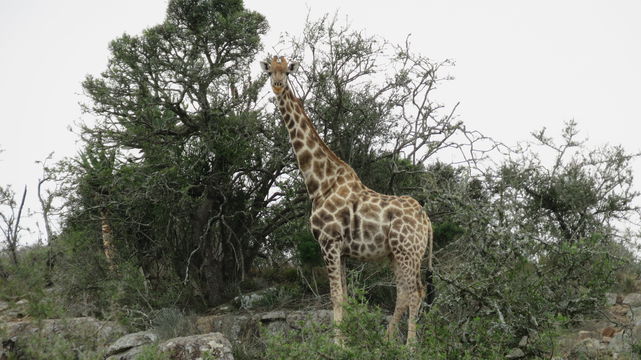
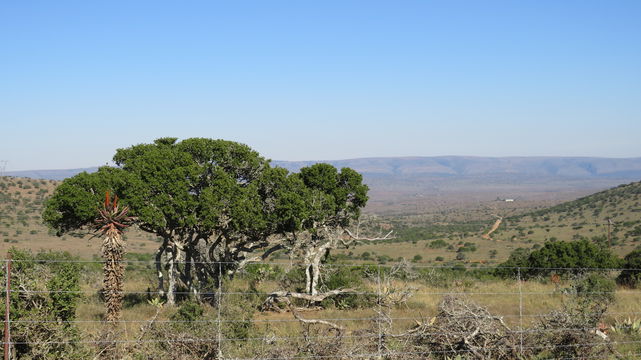
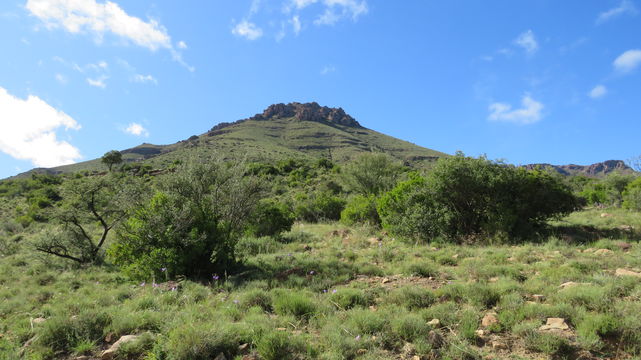
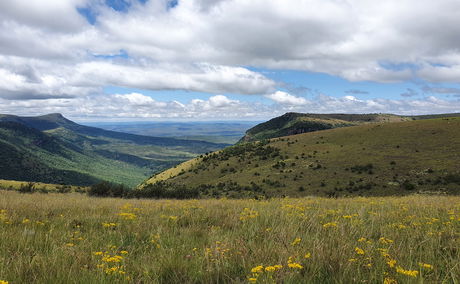
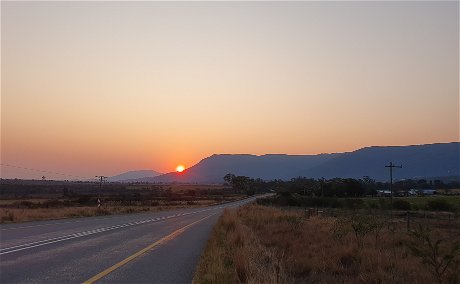
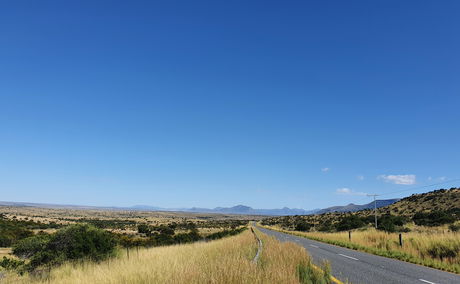
Share This Post